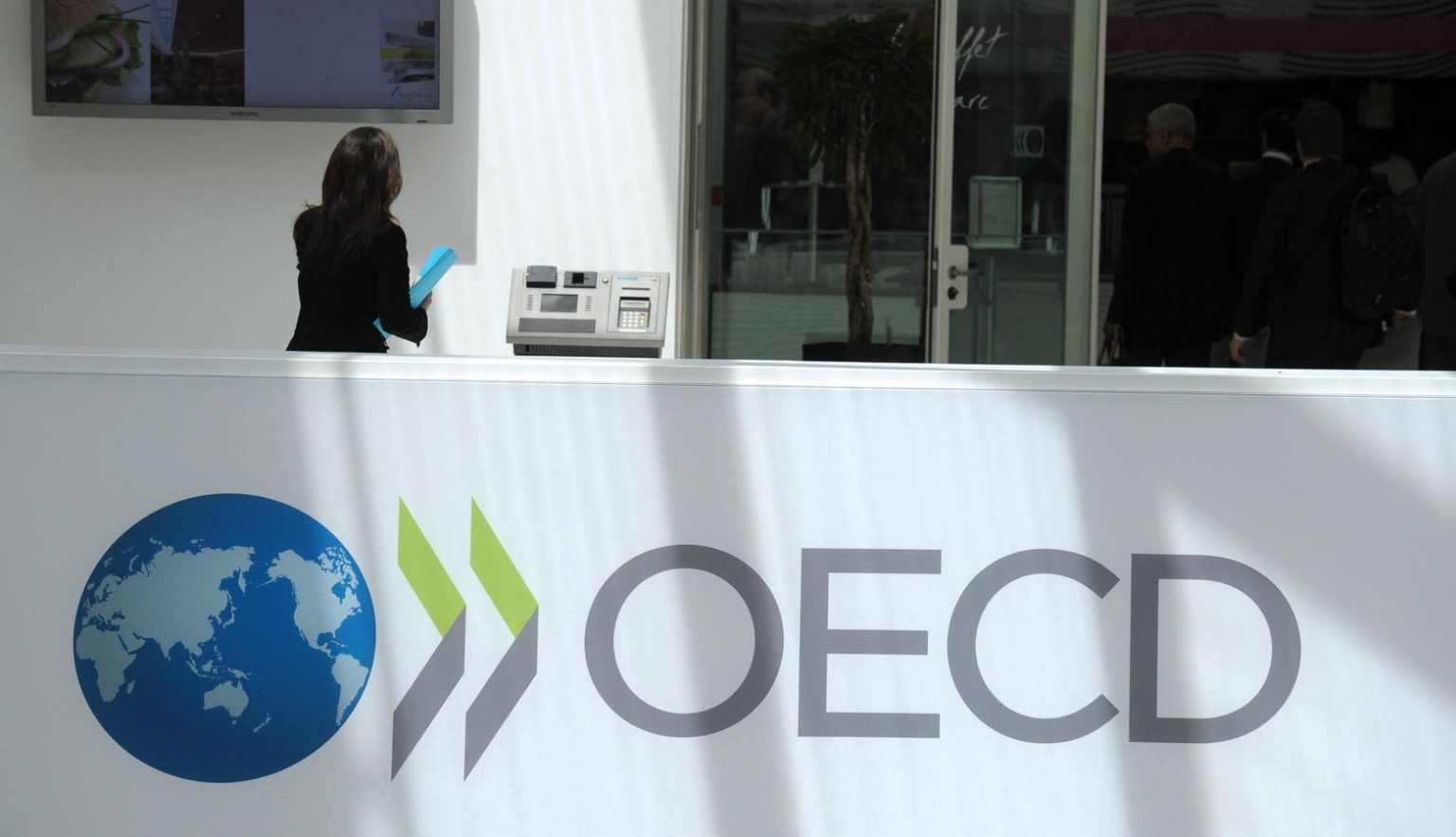OECD’s Two-Pillar Project: A 2024 Recap and 2025 Outlook
The Organisation for Economic Co-operation and Development (OECD) has been at the forefront of a global effort to modernize international taxation, particularly in the digital age. This initiative, known as the Two-Pillar Solution, aims to address the challenges of taxing multinational enterprises (MNEs) operating across borders, ensuring a fairer distribution of tax revenues among jurisdictions. 2024 witnessed significant strides in the implementation of these pillars, while 2025 promises further developments and crucial decisions.
Pillar Two: Global Minimum Tax Gains Momentum
Pillar Two, focusing on a global minimum tax of 15% for MNEs, saw considerable progress in 2024. The OECD released updated commentary to the Global Anti-Base Erosion (GLOBE) Model Rules, consolidating previous administrative guidance. Further guidance was issued in June, addressing technical aspects like deferred tax liability recapture. A streamlined process for verifying compliance with GLOBE rules was also introduced. Several jurisdictions, including the U.K., Belgium, UAE, Switzerland, Poland, Canada, Singapore, and Kenya, adopted GLOBE rules and corresponding domestic minimum top-up taxes. The EU initiated infringement procedures against member states failing to implement the EU’s pillar 2 directive by the December 2023 deadline. A legal challenge against the Undertaxed Profits Rule (UTPR), a component of GLOBE, was filed in Belgium, raising questions about its compatibility with EU law. This legal uncertainty has led some jurisdictions, like Switzerland, to postpone UTPR implementation.
Pillar One: Progress Stalled Amidst Ongoing Negotiations
Pillar One, addressing profit allocation and nexus rules, experienced less decisive progress. The finalization of a multilateral convention (MLC) to implement Amount A, granting market jurisdictions taxing rights on residual profits of large MNEs, faced delays. Disagreements over the mandatory application of Amount B, which simplifies transfer pricing for baseline marketing and distribution activities, hampered negotiations. While the OECD released an optional Amount B framework, guidance, and a model competent authority agreement, the core MLC remained unresolved. Despite claims of progress, the June 2024 deadline for finalizing the agreement passed without resolution, leaving the future of Amount A uncertain.
Implementation Challenges and Digital Services Taxes
The implementation of Pillar Two and the lack of a finalized Pillar One agreement fueled complexities surrounding Digital Services Taxes (DSTs). Canada enacted its DST despite the ongoing international negotiations, drawing criticism and prompting the U.S. to request dispute settlement consultations under the USMCA. Other countries, such as Italy, modified their existing DSTs, while India proposed abolishing its equalization levy and Kenya moved towards a significant economic presence tax. The temporary reprieve on retaliatory tariffs related to DSTs, known as the "unilateral measures compromise," expired in June 2024, leaving open the possibility of renewed trade tensions between the U.S. and countries with DSTs. The implementation of the optional Amount B framework remains limited, with many jurisdictions instead opting to fulfill their political commitment to respecting Amount B outcomes.
2025: Uncertainties and Future Directions
Looking ahead to 2025, several key developments are anticipated. The implementation of GLOBE rules is expected to continue, with some jurisdictions starting to apply UTPRs. The OECD is likely to release further guidance on topics like permanent safe harbors and GLOBE rule integrity. The outcome of the Belgian legal challenge to the UTPR, though not expected immediately, will have significant implications. Regarding Pillar One, the possibility of a final agreement or at least a clear statement on the negotiations remains. The future of DSTs hinges on whether countries maintain, modify, or withdraw them, considering potential U.S. reactions. The adoption of the optional Amount B framework remains uncertain, but more countries are expected to uphold their political commitment to Amount B.
Political Landscape and International Cooperation
A crucial factor influencing the future of the two-pillar project is the U.S. political landscape. The second Trump administration’s stance on international tax cooperation remains a major question mark. Republicans have expressed strong opposition to Pillar Two, and the fate of the Pillar One MLC in a Republican-controlled Senate is uncertain. The potential for renewed trade disputes over DSTs under a Trump presidency adds further complexity. Beyond the OECD, the UN’s recent approval of a framework convention on international tax cooperation raises questions about potential overlap and future coordination with the OECD’s efforts.
Conclusion: A Critical Juncture for International Taxation
The OECD’s two-pillar project stands at a pivotal juncture. While significant progress has been made, particularly with the implementation of Pillar Two, crucial challenges and uncertainties remain. The finalization of Pillar One, the future of DSTs, and the political landscape in key jurisdictions will significantly shape the future of international taxation. The OECD’s ongoing work, coupled with developments at the UN, promises a dynamic and consequential year for international tax policy in 2025.















